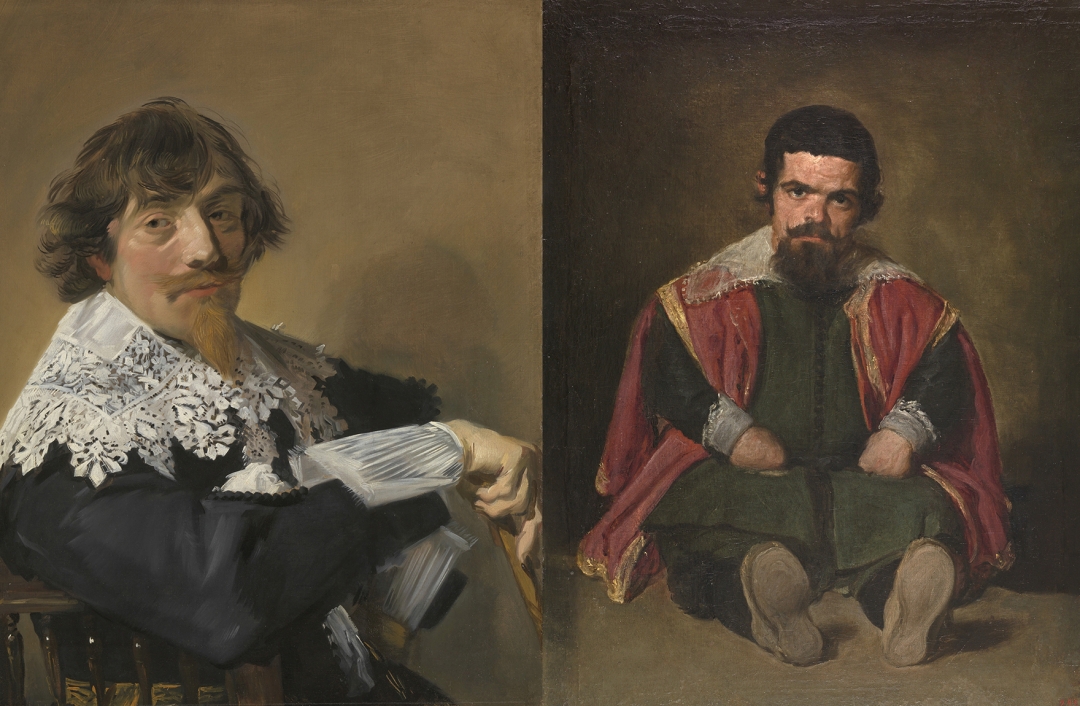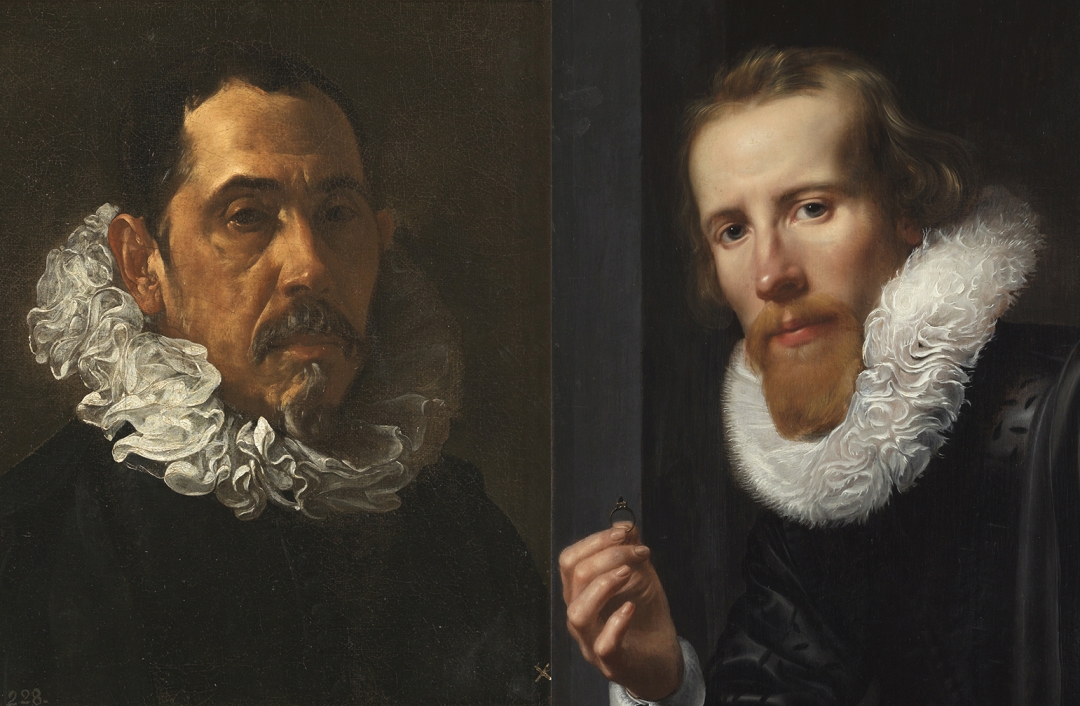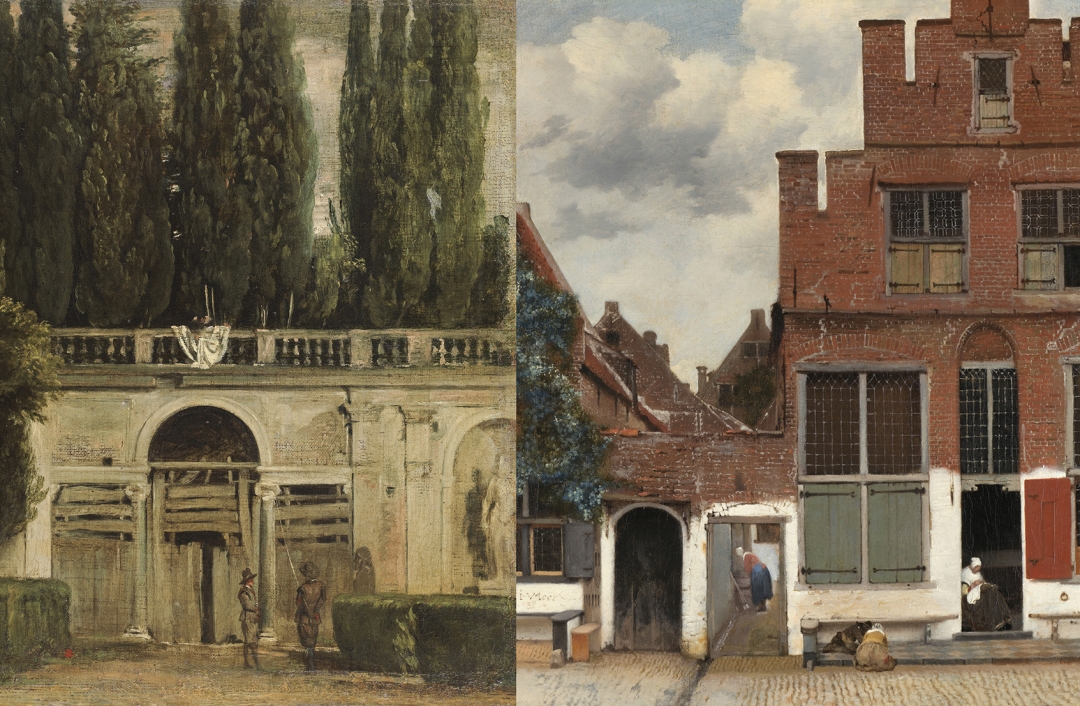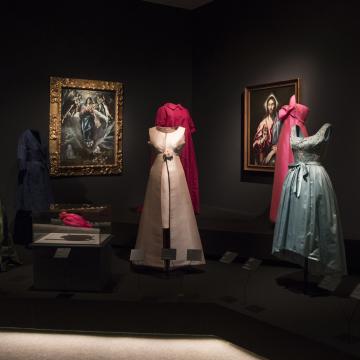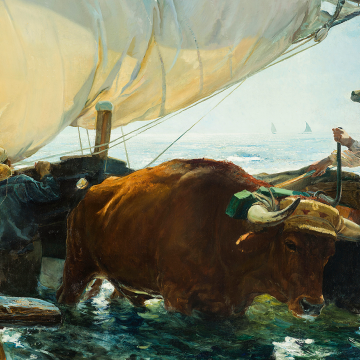Since opening on the 17th of April, Espacio Iberia has welcomed dozens of guests with one thing in common: their infinite talent. Talent that has inspired all the people who have sat there to listen to them.
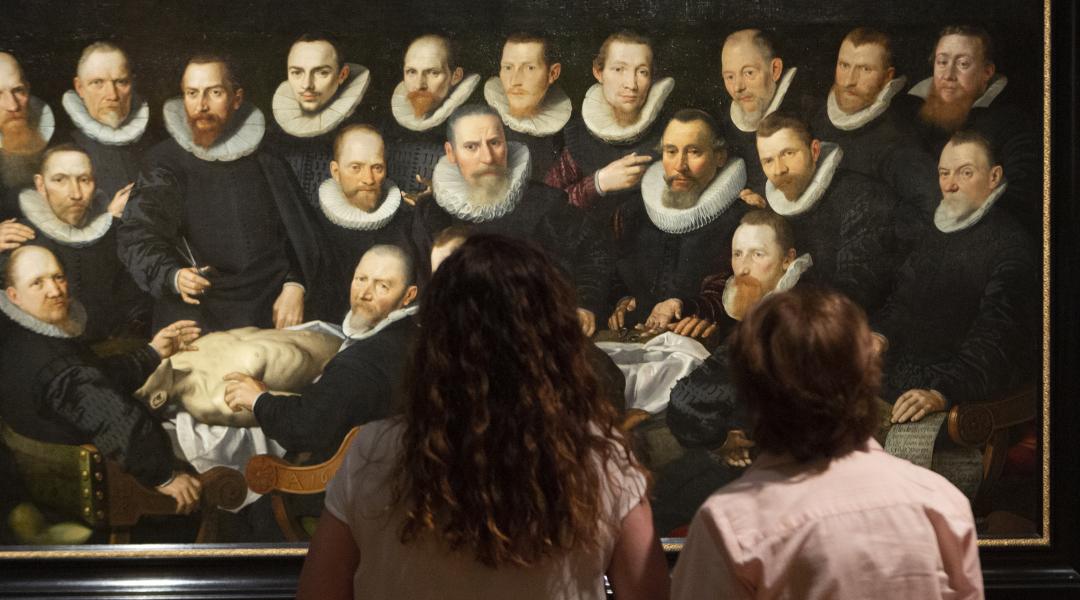
Velázquez, Rembrandt and Vermeer had more in common than history has wanted us to realise. As part of its fantastic and rewarding 200th anniversary celebrations, the Prado Museum is now revealing it to us, until the end of September.
The notion that there were great differences in the art made in different parts of Europe has been an absolute truth for centuries: Velázquez’s style was very Spanish, and Rembrandt’s very Dutch. This viewpoints were, of course, fed by the nationalist sentiments of the 19th and 20th centuries. Everything indicated that each nation was different, and that the differences were manifested in art. Unfortunately, this idea overlooked the common traits shared by some of the greatest European artists of all time.
As part of its bicentenary celebrations, the Prado Museum wants to prove otherwise through the exhibition Velázquez, Rembrandt, Vermeer. Parallel visions, an ambitious project focusing on the comparison of Dutch and Spanish painting of the late 16th and 17th centuries. Comprising 72 works from the Prado, the Rijksmuseum and 15 other lenders (including the Mauritshuis Museum in The Hague, the National Gallery in London, and the Metropolitan Museum in New York), the exhibition offers a reflection on traditions of painting in Spain and the Low Countries. While the art-historical literature has considered these traditions to be essentially different, the exhibition juxtaposes the historical myths and artistic realities of these two artistic centres in order to reflect on their numerous shared traits.
Curated by Alejandro Vergara, the Prado’s Senior Curator of Flemish Painting and Northern Schools, this exhibition invites visitors to not only appreciate the quality and relevance of the 72 pieces on display, some by the most admired painters in 17th century Europe, but also to establish points of comparison between them.
The case of 17th-century Spanish and Dutch painting is symptomatic of this. Separated by a war, the art of these counties have traditionally been interpreted as opposing. However, the legacy of Flemish and Italian painting, the influence of which defined all of European art, was interpreted in a similar way in Spain and in the Low Countries. In the 17th century, in both places an aesthetic emerged that moved away from idealism and focused on the real appearance of things and the way to represent them. The artists represented in this exhibition don’t express in their works the essence of their nations but rather give form to ideas and approaches that they shared with an international community of creators.
The exhibition focuses on four sections. In the first section, Image, Fashion and Painting in Spain and the Low Countries, the subjects’ clothes, positions and gestures are similar in Dutch and Spanish portraits.
The second section, Realist Fictions, shows how 17th-century Spanish and Dutch painters shared their desire to humanise the subjects they depicted (gods, saints or classical sages appear as people with normal features, dressed in humble clothes and inhabiting everyday spaces).
The third section, Still-life Painting, reveals how austerity and careful execution characterise many still-lives in both countries.
In the fourth section, Direct Contacts between Artists and Patrons, cases are shown that reveal direct contacts between artists and collectors of the two countries.
The fifth and last section, Painting with Big Strokes of the Brush, analyses the loose, sketchy technique of painters from both nations, which left the traces of their activity very visible on the surface of the canvas, something a Spanish critic of the time described as “painting with big strokes of the brush”.
Organised by the Pardo National Museum, with sponsorship of the AXA Foundation, the exhibition runs until 29 September.
